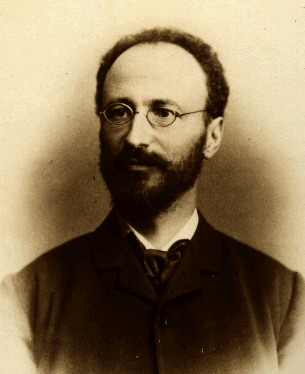Liberty Matters
Beer Barrels, Blast Furnaces, and Hotel-room Furniture

Beer barrels, blast furnaces, hotel-room furniture and harbor installations; these things are capital by virtue of their functions, by virtue of what they do for us.[89] As Richard Ebeling explains in his last response, simple spending on “capital” does not, in itself, create jobs. The “capital” has to have the right form, the right structure to employ the workers to produce those goods and services that consumers will want.
This is a complex problem, one that is beyond the capability of any human to solve. The incredibly huge number of specific types of capital goods that fit together in any production facility, within the network of many different types of production facilities, arrayed at different points of a supply-chain with multiple links branching out backwards and forwards, facilitating the flow of services from productive resources to produce consumer goods and services in bewildering variety; cannot be designed or sensibly manipulated by human minds, though it is the result of purposeful individual human action. To the extent that it works, and, most of the time, it works miraculously well, it works because of the functioning of capital-markets, markets for investible funds. These markets transfer funds (generalized purchasing power) from those who have them (because some people have saved them) to those who believe they can use them. The capital-market provides a giant experimental arena for prospective production projects, many of which fail, some of which succeed, some of which succeed spectacularly and provide amazing benefits to consumers, and fabulous wealth for their creators. Without the capital market this could not happen and there would be no real economic growth.
We forget the lessons of Böhm-Bawerk at our peril. Saving is necessary for economic growth, but not sufficient. Capital markets to channel this saving to entrepreneurs who can function in open competition to try out their visions, are necessary as well. There is no simple link between the amount of capital spending and the level of employment. As the detailed structure of the productive resources forms and changes, the structure of employment will change as well. Capital accumulation changes the structure of production. And, as Böhm-Bawerk clearly understood, capital accumulation most often embodies technological change. The structure of employment will change. Some skills may be rendered obsolete, others will rise in value, and new opportunities will open up.
To focus simply on the level of capital investment is to see only the forest and not the trees, and, this can be downright misleading. When China reports a 7% GDP growth, part of which is the level of capital spending (directed by the government) it obscures the impending disaster of investments in ghost-cities of thousands of offices and apartments that sit empty because there is no consumer or producer demand for them. Malinvested capital destroys jobs because it takes resources away from truly productive ventures. It subtracts from sustainable growth. Governments cannot be entrepreneurs. And when they try to be and plan on a grand scale like this, the inevitable result is disaster. The Great Recession is another example of central planning gone awry – via the residential housing market.
We seem doomed to repeat the same mistakes over and over again because we cannot escape from the Keynesian blinders that obscure our vision. The role of those who appreciate the seminal work of Eugen von Böhm-Bawerk, and those who extended his work, is to persevere in battle for ideas. Austrian insights seem to be most relevant at times like this when the current wisdom has been shown to have failed.
Endnotes
[89.] Ludwig M. Lachmann, Capital and Its Structure (Kansas City: Sheed Andrews & McMeel [1956] 1978).
Copyright and Fair Use Statement
“Liberty Matters” is the copyright of Liberty Fund, Inc. This material is put on line to further the educational goals of Liberty Fund, Inc. These essays and responses may be quoted and otherwise used under “fair use” provisions for educational and academic purposes. To reprint these essays in course booklets requires the prior permission of Liberty Fund, Inc. Please contact oll@libertyfund.org if you have any questions.